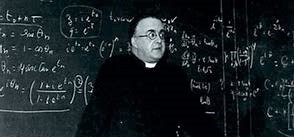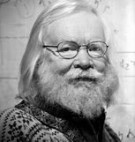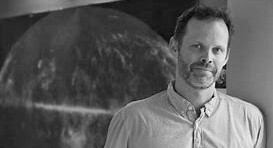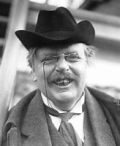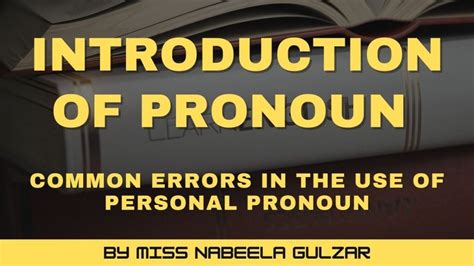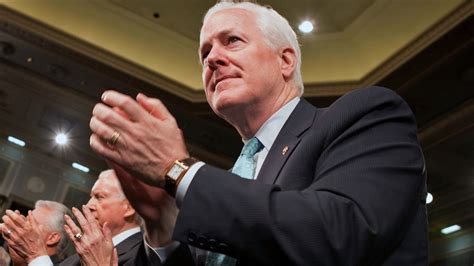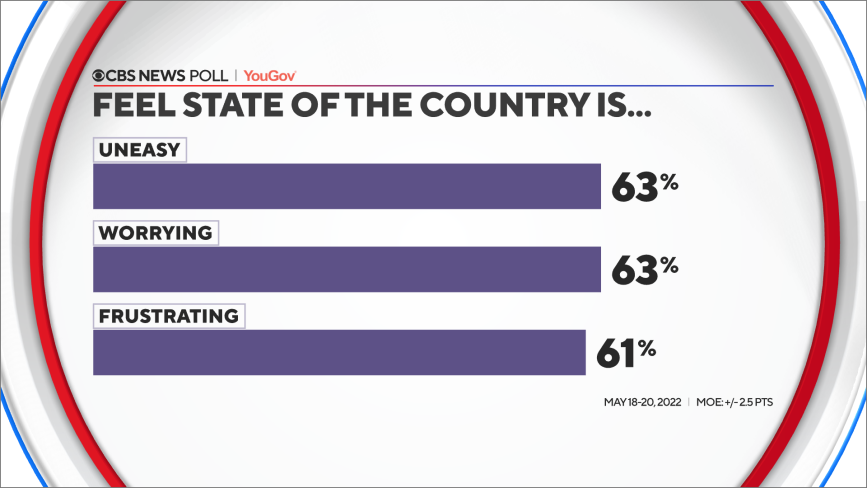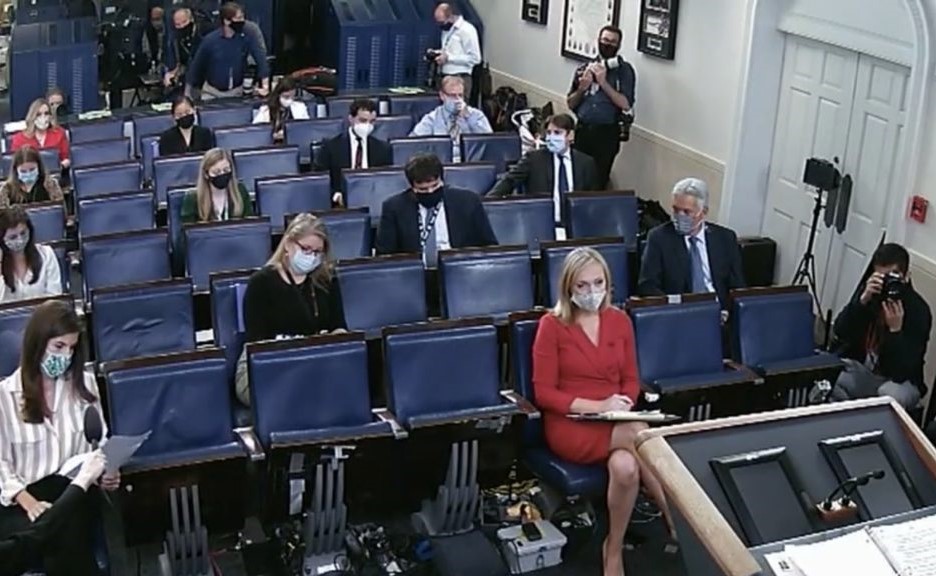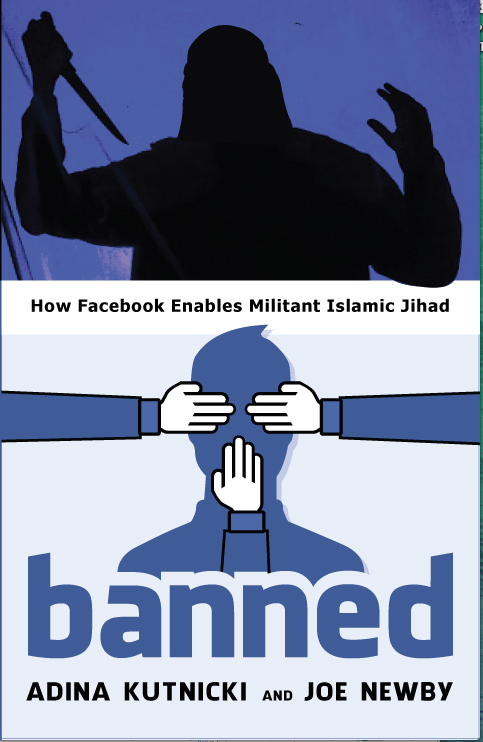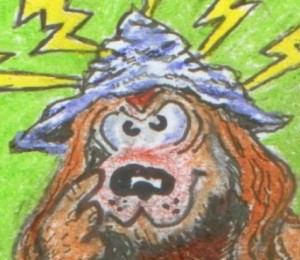 In which WOOF’s editor in chief, Old Bugler, expresses his up-to-the-minute-if-frustratingly-excursive views on nothing but 100% guaranteed genuine news, mostly in the annoyingly officious third-person, as befits his station!
In which WOOF’s editor in chief, Old Bugler, expresses his up-to-the-minute-if-frustratingly-excursive views on nothing but 100% guaranteed genuine news, mostly in the annoyingly officious third-person, as befits his station!
Too apolitical you say? They asked your humble editor to submit a critique of the “Green New Deal,” but he refused. Anyone more intellectually gifted than a hamster can spot the idiocies with which that particular travesty is brimful, so devoting a column to their itemization amounts to shooting fish in the proverbial barrel; unsporting, boresome–a profligate expenditure of spleen. Instead, Old Bugler sets fingers to Woodstock to peck out a review of something famously intelligent: settled science, and its handling of a topic that directly affects all of us—the universe. As every high school student would know if it weren’t for the NEA, Common Core, and the Department of Education, the consensus among astrophysicists has, for nearly a century now, maintained that our universe started with a Big Bang and has been expanding ever since—settled science at its most immutable–and dull. But recent events have taken a turn for the dramatic.

Apparently, a majority of Americans under 35 identify the Big Bang Theory as a television comedy, rather than as an astrophysical hypothesis. Perhaps the NEA isn’t all bad.
When the universe stood still….
 Einstein originally believed the universe was reliably static. In keeping with the commonsense assumption that the mutual gravitation of all matter would naturally cause the universe to contract, he speculated that we were saved from cosmic implosion by some mysterious force that counteracted the compressive impulse, thus creating stasis. In other words, the universe was stable and —pleasantly enough—eternal. Einstein called this “the cosmological constant,” and for a while, this was settled science because—well—Einstein. But Einstein, we are nowadays assured, miscalculated because, as the Encyclopedia Britannica rather snarkily asserts, “he was not well acquainted with recent work in astronomy.”
Einstein originally believed the universe was reliably static. In keeping with the commonsense assumption that the mutual gravitation of all matter would naturally cause the universe to contract, he speculated that we were saved from cosmic implosion by some mysterious force that counteracted the compressive impulse, thus creating stasis. In other words, the universe was stable and —pleasantly enough—eternal. Einstein called this “the cosmological constant,” and for a while, this was settled science because—well—Einstein. But Einstein, we are nowadays assured, miscalculated because, as the Encyclopedia Britannica rather snarkily asserts, “he was not well acquainted with recent work in astronomy.”
When the universe started moving…
Einstein’s rookie error was uncovered by American astronomer Vesto M. Sliphe, after he more rigorously measured the radial velocities of spiral nebulae. (The lay reader is encouraged to accept the result as decisive–mainly in lieu of the space-consuming complexities otherwise necessary for its confirmation, and particularly because Einstein acknowledged the error, calling it–by most accounts–his “greatest blunder,” or at least the greatest one he knew about.) Many experts ignored the retraction, however, and remained wedded to the cosmological constant, persuaded, in other words, that Einstein was right before he incorrectly decided he was wrong. The universe was supposed to be static, and several astronomers went to considerable lengths to keep it that way. In 1917, the Dutch mathematician Willem de Sitter announced his own proof of a static cosmology, different from Einstein’s, by calculating a correlation between distance and redshift. Redshift, for the dismally uninformed, refers to a phenomenon whereby electromagnetic radiation (such as light) undergoes an increase in wavelength. There is also blueshift, but most WOOF readers will immediately apprehend that redshift is better.
The universe’s legal age….
In 1927 Belgian physicist Georges Lemaitre published his study of Doppler shifts of the spiral nebulae as evidence of cosmic expansion, and first postulated the Big Bang–but everyone ignored him. Lemaitre received his due only once astronomy grew less resistant to the expansionist theory, mainly after 1929 when Edwin Hubble showed a linear relationship between distance and the aforementioned redshift, from which he inferred our cosmic velocity. Hubble’s formulations were soon pronounced “Hubble’s law,” which, among other points inconsequential to this discussion, allowed Hubble to estimate the age of the universe as two billion years. This figure, being lawfully derived, enjoyed the status of settled science until other scientists with different proclivities determined that Earth itself was at least 4.5 billion years old. In that era, before the validity of two clearly contradictory findings could be simultaneously defended by evoking quantum physics, logic seemed to discommend Hubble’s Law– but no one hurried to abandon it. The fault, experts agreed, was not in Hubble’s reliance on the distance-redshift equation, but traceable in all likelihood to some glitch buried deep in his formidable computations. The Law, in other words, was correct, but would be more correct after some minor adjustments.
Trouble with Hubble….
Fortunately, in the nick of time–as it were–American astronomer Walter Baade discovered Hubble’s trouble, (the silly goose had underestimated galactic distances). Then, In 1948, Ralph Alpher’s landmark dissertation injected nuclear physics into cosmology, one consequence of which was the ascendancy of the previously underappreciated Big Bang Theory. While generative of numerous fresh insights, equations, and derivative postulates, the theory also had the unfortunate effect of requiring scientists to demonstrate how something burst forth out of nothing, which they frankly admitted they couldn’t—although they retained the theory on the premise that sooner or later they’d come up with an explanation. In the meantime, thinkers like Akash Peshin at Science ABC kept the religiomanics at bay by laughing to derision the notion that some deity had preexisted and perhaps even induced the “bang,” explaining in clear, scientific terms that, “The answer, at least right now…is… we simply don’t know. What we can say is, apparently, there is something rather than nothing.” Try to keep up, Christians.
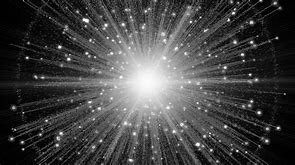
Actual historic photo of the Big Bang, captured just as it created the universe–and they laughed at us for saving all those old LIFE magazines!

Allan Sandage said “Astronomers may have found the first effect, but not… the first cause sought by Anselm and Aquinas.” Obviously, he wasn’t smart like Akash Peshin.
By 1953, Hubble’s former assistant Allan Sandage, embarrassed, perhaps, by his boss’s misidentification of gaseous nebulae as single stars, recalculated Hubble’s formula. His results hiked the age of the universe to 3.6 billion years, still frustratingly short of the earth’s known age, meaning wrong. Undaunted, Sandage recalculated, this time incorporating an additional (and, some thought, suspiciously-arbitrary) 1.5-fold increase which produced a more satisfactory result of 5.5 billion years. Still, many experts took exception, arguing that Sandage’s figure remained implausibly low. Decades ensued during which astronomers and astrophysicists battled over what, in fact, the “cosmic constant” really was, or ought to be, and how best to apply it to the dimensions of the cosmos. Finally, however, came the arrival of the Lambda-CDM model, ushering in a welcome era of stability during which order was restored to the turbulent cosmos–just as Edwin Hubble envisioned it–well, mutatis mutandis.

One way you can tell Hubble’s Law was correct the whole time is: They put Hubble on a postage stamp! They don’t do that unless you’re correct. For instance, there are no Immanuel Velikovsky postage stamps. Think about it!
Lambda, Lambda, Big Bang!

Highest resolution photo to date of Dark Matter in our galaxy. Did we mention you can’t actually see Dark Matter? That’s because it’s theoretic.
The Lambda CDM model recalibrated the cosmological constant by factoring in such avant-garde concepts as vacuum effects in space, dubbed “dark energy,” and their equally-theoretic counterpart, dark matter—not to mention non-baryonic dark matter (which is colder, supposedly, than garden-variety dark matter). Skipping over the complexities, the findings were summed up nicely by science writer and Chambliss Achievement Award-winning astronomer, R. Jay GaBany, who wrote: “An overwhelming weight of evidence has convinced cosmologists that the Universe came into existence at a definite moment in time, some 13.6 billion years ago, in the form of a…fireball of energetic radiation known as the Big Bang event.” (Actually, the figure more frequently given is 13.7 billion, but why quibble with a man bold enough to go on record asserting our universe began “at a definite moment in time?”) The corresponding velocity of expansion was found to be 44 miles per second per megaparsec (don’t ask), settling the precise value of the long-disputed “constant” to almost everyone’s satisfaction.
Unsettling Science from The Edge…

The EDGE newspaper, breaking a cosmic bombshell! (And the “I’m on a Boat!” story looks pretty compelling, too, we think.)
And there the matter rested, or one might say settled, until one of our contributors here at WOOF forgot to bring a book with him to college. This was significant because our contributor was about to administer final exams to several sections of psychology undergrads, meaning he would need something to read while his students pondered and scribbled. In the cafeteria lounge, he chanced upon a thin, unprepossessing tabloid titled The Edge. Upon returning to the WOOF cave, our compatriot (having by then read the issue in its entirety numerous times) tossed his crumpled copy on the desk of your humble editor, directing his attention to a specific headline. There, all the more arresting juxtaposed to such frivolities as RED SOX REPORT CARD and AVENGERS ENDGAME:THE END OF AN ERA, the headline NEW STUDY SAYS UNIVERSE YOUNGER AND EXPANDING FASTER, demanded attention, if only because it begged the question: “younger and expanding faster” than what?
No nonsense!
Readers may well imagine your editor’s amazement upon discovering that what the universe is now scientifically proven to be “faster and younger” than, is, in fact, itself. The perceptive reader (tautology hereabouts, we think) will readily apprehend with what sense of urgency Old Bugler scanned this report, authored, (to verbify in the interest of brevity) by Seth Borenstein of the Associated Press. Apparently, and we think admirably, The Edge holds matters of cosmic magnitude too vital to entrust to staff writers already burdened with updating “The Weekly Time Waster,” and reporting from the scene of Bangor’s city-wide celebration of Independent Bookstore Day—which we applaud despite being unaware (until now) of the tradition.

Congressman Nadler–if you find the close-up disturbing, bear in mind we tastefully cropped out the rest of him.
All this by way of emphasizing, this is no tall tale confected by sensation-mongering yokels to boost circulation. No indeed. This is authentic science hot from the wires, and more important, one assumes, than the Green New Deal, or even the latest accusations from such congressional luminaries as the rhotacistically amusing Jerry Nadler. No, my fellow Americans, these are revelations of literally cosmic significance that affect all of us—or at least all of us who don’t anticipate being dead in 12 years from climate change. Brace yourselves for what follows.
What follows….
Either the universe is expanding faster than it used to, as the AP story maintains, or, to inject an insight that seemingly evaded writer Borenstein, it may have been expanding faster all along. Whichever the case, a new study by Nobel Prize laureate and Johns Hopkins Astronomer, Adam Riess, revealed a rate of expansion almost ten percent faster than previously supposed. This, in turn, led Riess to recalculate the universe’s age, which he found to be a billion years younger than it was when settled science believed it was older than it is now. But if Riess’s study threatened the canonical status of Hubble’s Constant (as currently calculated), it managed to inspire a fresh consensus among astronomers, namely that his findings were unsettling.
When reality fails….
Given the shocking nature of Reiss’s data, one might expect astronomers and physicists long reliant on the Hubble Constant (often called “the most important number in cosmology”) to greet its disconfirmation with fits of introspective angst—but whether in science, or elsewhere in our vast social matrix, cognitive dissonance continues to be resolved the old fashioned way—by applying whichever intellective adjustments seem least damaging to one’s previous beliefs. In this instance, many astronomers who acknowledged the validity of Reiss’s figures, hypothesized, after carefully reviewing the previously established estimates, that while Reiss’s findings seemed unassailable, so did the calculations supporting the Hubble Constant. Amazingly, Riess agreed, telling a collection of perplexed science writers, “It’s looking more and more like we’re going to need something new to explain this.”
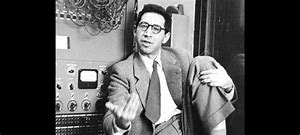
Psychologist Leon Festinger invented “cognitive dissonance” in 1957, and it’s been a problem ever since.
Readers, by now, will have grasped your editor’s fascination with this story. Consider: When our professorial contributor turned off his bedside lamp the night before testing his university classes, the universe was contentedly broadening its circumference at the established rate of 44 miles per second—a fact confirmed only recently by Dr. Wendy Freedman’s widely acclaimed “Hubble Space Telescope Key Project on the Extragalactic Distance Scale,” which involved a team of 28 top-notch astronomers, possibly just to name it.
As Yale’s Gruber Foundation stated in 2009, Freedman’s work underscored the validity of “the Hubble constant, one of the most important measurements in astronomy,” because, “after a painstaking decade-long effort, the team determined the best value of the Hubble constant …enabling scientists to more accurately answer some of the most profound questions about the age, evolution, and composition of the universe.” With an air of tangible satisfaction, not to say smugness, the Grubber report concluded that astronomers could “now confidently state that the universe is approximately 14 billion years old—the same age as the oldest stars,” or as a recent article in Cosmos Magazine affirmed, “…the Hubble Constant is, as the name suggests, constant, and…the rate at which the universe is expanding is the same today as it was pretty much 14 billion years ago.” But those were the good old days.
By the time our colleague plucked his free copy of The Edge from that cafeteria tabletop and perused its contents, chaos had sprung upon the cosmos like a concussive, anarchic “something” belched forth from some inexplicable “nothing,” sweeping all before it. The universe was not only expanding faster than seemed possible, it was suddenly a billion years younger. Still more incomprehensibly, it was both—or possibly neither–of those things, at the same time, because astronomers confirming the new data pronounced the previous measurements equally compelling. Back at the University of Chicago, Wendy Freedman confirmed that “nobody can find anything wrong at this point [with either system of measurement].” But If both sets of data are correct, Einstein’s general relativity theory is toast, and the fabric of reality is irreparably torn.
Forever fudge….
At NASA, astrophysicist John Mather said the paradox added up to one of two options, “Either we’re making mistakes we can’t find yet, or nature has something we can’t find yet.” (Your editor makes no claim to astrophysical expertness, but humbly suggests a third option Dr. Mather seems to have overlooked; namely, a combination of option one and option two, hereby recommended to Dr. Mather’s attention as option three.) Meanwhile, back at the Carnegie Institution for Science, astrophysicist Chris Burns suggested, “You need to add something into the universe that we don’t know about,” while at the University of California, Davis, Lloyd Knox called the discovery “a scary prospect.” In short, the vicissitudenous impact of Riess’s report in tandem with the apparent (though blatantly impossible) validity of both his and Freedman’s findings engendered a wave of speculation that a “new physics” was needed to resolve the paradox. Alas, apart from the necessary feature of newness, details were in short supply. From the sanctum sanctorum of CERN, legendary physicist John Ellis demanded a “new physics” able to “reconcile quantum effects and what we already know about the universe,” but he, too, omitted details. Others speculated that the discovery of some elusive cosmic particle yet to be identified might salvage the situation. “One of the possible solutions would be to invoke an evolving dark energy, with a density that increases as time goes by,” opined Guido Risaliti of Università di Firenze. The Astrophysical Journal took a more ambivalent approach, cannily observing that “something is going on,” attributable, perhaps, to a “fundamental misunderstanding of the shape of the universe” or, alternatively, to “dark-matter effects,” possibly in association with “dark radiation,” which the Journal unhelpfully defined as “a mysterious form of physics.” At the University of California, Davis, astronomer Lloyd Knox witnessed his colleagues’ frenzied guesswork and wondered aloud, “Are we just always going to be introducing fudge factors?”
Chesterton’s Bias…

Remember “Piltdown Man?” He was settled evolutionary science until he turned out to be a human skull glued to an Orangutan’s jaw. Science has evolved since then!
What is to become of us, fellow earthlings? Either God has gone crazy, or the entire construct nowadays called “settled science” is abject malarkey. Your humble editor argues for the latter proposition. In fact, the most immediate lesson derivable from astronomy’s current disarray is that “settled science” is, wherever asserted, the blood enemy of actual science, which never advances by condescension or apodicticity. Indeed, the susceptibility of postulates to ceaseless revision is essential to the scientific method.
Despite this, a number of so-called cognitive distortions often afflict experts, rallying them in defense of convention. These hobgoblins of the mind shield the status quo from innovative intrusions–usually to the detriment of progress. But the theorists and analysts caught up in the expanding-universe controversy have, to their considerable credit, avoided these common hobgoblins. Faced with paradigm-challenging data, their consternation derives less from resistance to Riess’s transformative discoveries, than from the shock his discoveries induced. Riess’s peers, in other words, are receptive to the authenticity of his findings, but gobsmacked by the fact that he found them. These experts show symptoms of a subtly distinct type of cognitive bias (which so far as your humble editor can construe goes unnamed, unrecognized, and unlisted). It might be christened Zeitgeist Fixation: the tendency to overestimate the validity of current beliefs simply on account of their currency. Chesterton’s Bias might be a better name, inasmuch as G K. Chesterton perfectly skewered this fallacy in 1908 when he grumped about the human tendency to place unreserved faith in that “small and arrogant oligarchy of those who merely happen to be walking about.” Put another way, the delusion that our current understandings are sacrosanct, while everything preceding them amounted to risible poppycock, seems more nearly imperishable than whatever our current understandings may amount to.
Poppycock in perpetuity…
 In truth, of course, our current understandings are also poppycock. Today’s “settled science” or “consensus,” if you prefer, is no less ephemeral than yesterday’s. And while today’s poppycock may represent a more elevated, less grossly sophistical strain than its antecedents (yay, science!) it too shall pass. Readers who find this revelation alarming are–of course–free to ignore it. More sensibly, they may take comfort in the realization that our universe, no matter how construed by early 21st Century astrophysics, is in good hands and proceeding exactly as intended. Doubters are encouraged to find stoical comfort in the insurmountable limitations of their humanness, given that no matter what the universe is doing, it cannot be constrained, altered, or in any respect modified by any exertions available to man.
In truth, of course, our current understandings are also poppycock. Today’s “settled science” or “consensus,” if you prefer, is no less ephemeral than yesterday’s. And while today’s poppycock may represent a more elevated, less grossly sophistical strain than its antecedents (yay, science!) it too shall pass. Readers who find this revelation alarming are–of course–free to ignore it. More sensibly, they may take comfort in the realization that our universe, no matter how construed by early 21st Century astrophysics, is in good hands and proceeding exactly as intended. Doubters are encouraged to find stoical comfort in the insurmountable limitations of their humanness, given that no matter what the universe is doing, it cannot be constrained, altered, or in any respect modified by any exertions available to man.
And in this freeing light, Old Bugler pledges to confine future editorials to matters of more imminent portent, and about which it seems possible, and perhaps advisable, to do something. Take, for example, the news item just deposited atop the stack of articles awaiting his editorial review. According to Ryan F. Mandelbaum, reporting for the science website GIZMODO, “Feral parrots are taking over America.” Now there’s a problem we can tackle in the here-and-now. After all, If we can put a man on the moon, we can fend off a few swarms of rampaging Psittaciformes– even the ones disguised as cable-news journalists. So remain calm, America; remain steadfast, and find solace in the universe’s recent memo, which, in essence, reads: “Don’t sweat the small stuff.” ![]()


